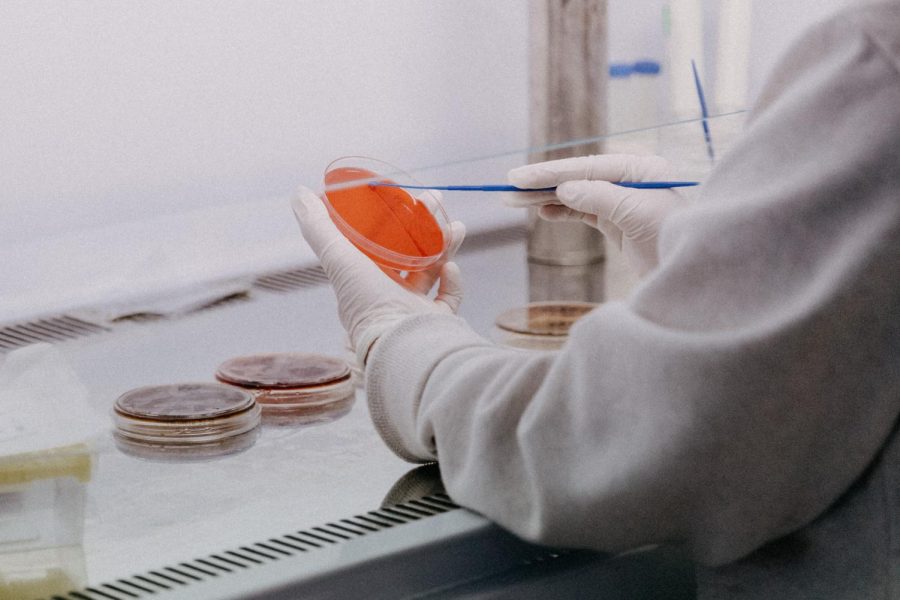What We Know About COVID-19 Reinfection
May 19, 2020
Arguably the scariest thing to hear from a doctor are the words, “I don’t know.” Unfortunately, that has so far been the response to a new, frightening question: Can you be reinfected with COVID-19? With diseases such as chickenpox and measles, recurrence is very rarely an issue, and knowing that offers a sense of security. But research has not yet proven one way or another whether getting coronavirus twice is possible. In hopes of easing tension, the World Health Organization announced, “We expect that most people who are infected with COVID-19 will develop an antibody response that will provide some level of protection.” Developing immunity to any virus is heavily dependent on producing antibodies, proteins that learn to recognize and attack any threat. Naturally, this recognition improves the more times the antibodies come in contact with the virus. However, the mere presence of antibodies is not enough.
Factors such as the amount of antibodies and the age of the infected are also at play. Discouraging statistics from China observe that 30 percent of the people in a coronavirus study conducted at Fudan University were unable to develop high antibody levels, in which case their immunity still may not be strong enough to ward off the virus a second time around. More research in China indicates that elderly or middle-aged people actually develop stronger and higher levels of antibodies in response to the virus. However, it is also likely that younger people get less severe infections, which suggests that the strength of the antibodies may be dependent on the strength of the infection. Additionally, scientists are still unsure how long antibodies will stick around post infection and whether the duration of their presence is also correlated with the severity of the virus.
In March, two monkeys were deliberately exposed to the virus a second time and neither was reinfected, offering temporary relief. However, the news reports that caused a buzz were those recently out of South Korea, where the Center for Disease Control noted that 91 people, who were thought to be recovered, tested positive. This may seem like a clearcut answer to the question of reinfection, but it is important to recognize the inaccuracy of testing. An alarming 30 percent of RNA tests used to diagnose the coronavirus yield a false negative, implying that those patients given the clear may have had the virus all along. It is also possible that the second time around was a “false positive”; the testing could have picked up on dead virus fragments that would be harmless and unable to replicate the virus but present in cells nevertheless.
Most of the assumptions and expectations being made are admittedly governed by our knowledge of past SARS infections, but as with any novel virus, the coronavirus presents harsh challenges and terrifying questions. Although research has not provided an answer to the question of reinfection, we must recognize that there is a lack of concrete, reliable data and resources available due to current circumstances. It may take months or even years to understand the true nature of COVID-19, but rushing the process and jumping to hasty conclusions is far more dangerous. Right now, the best we can do is give it time.








